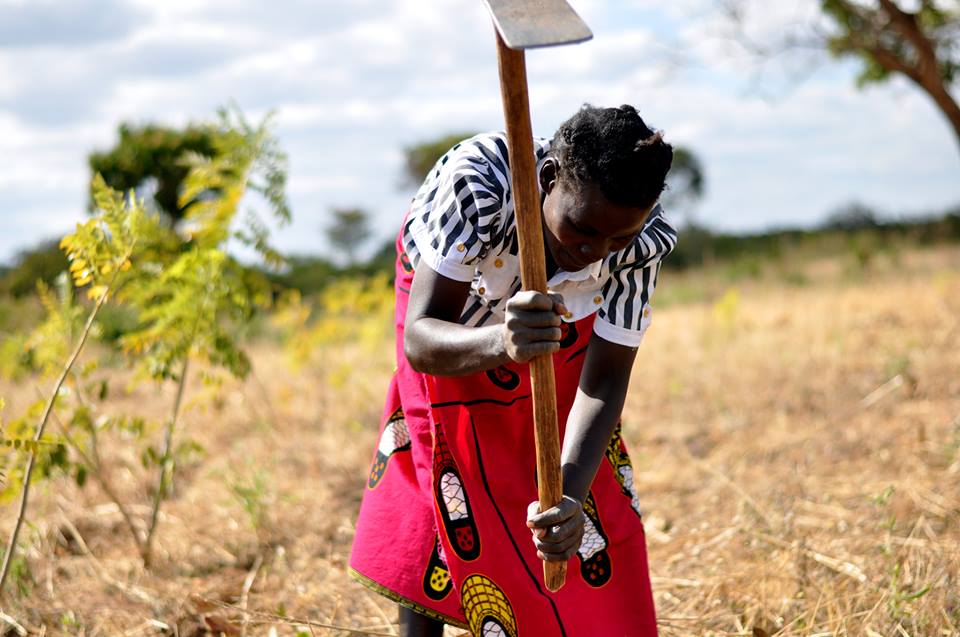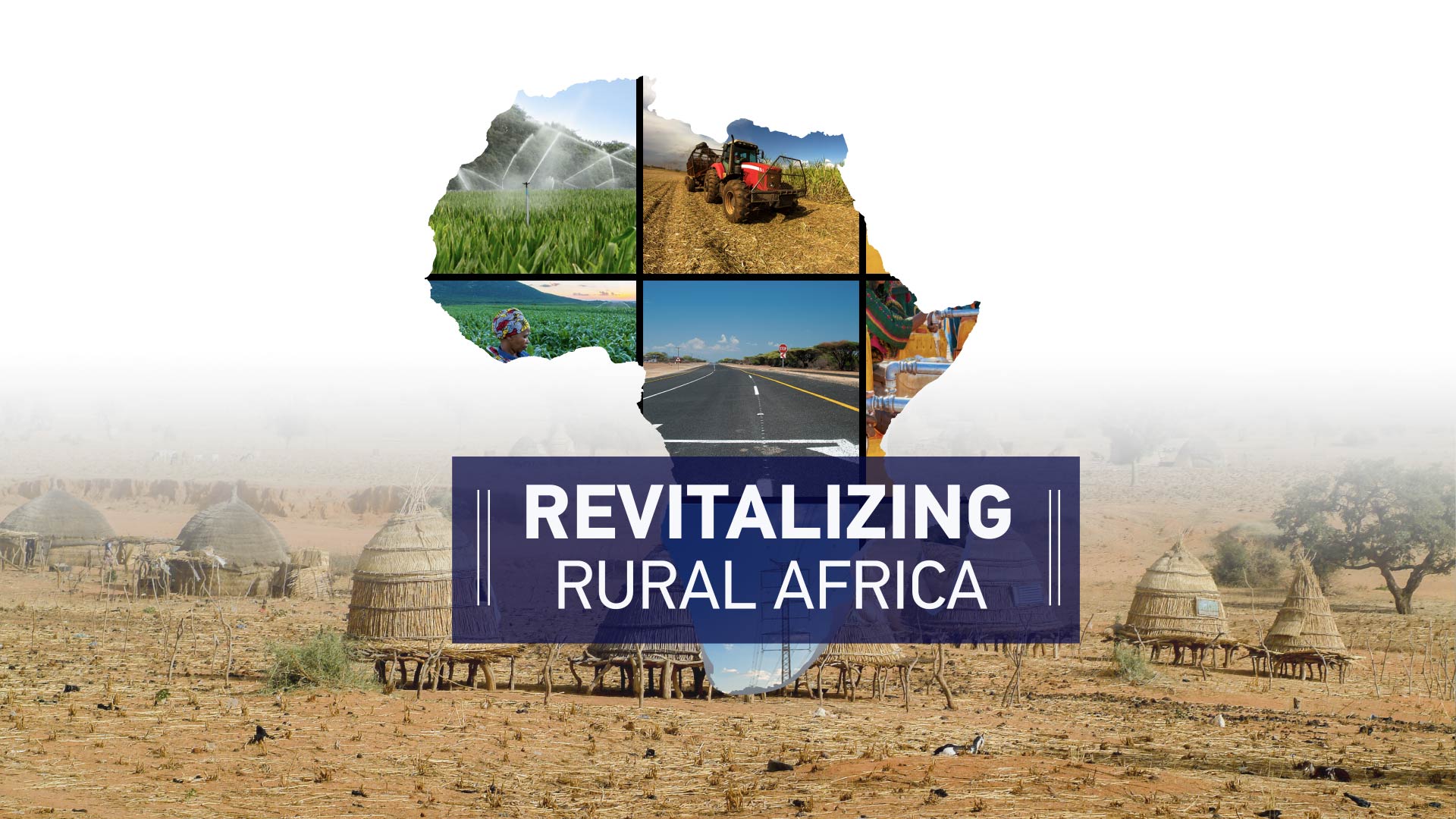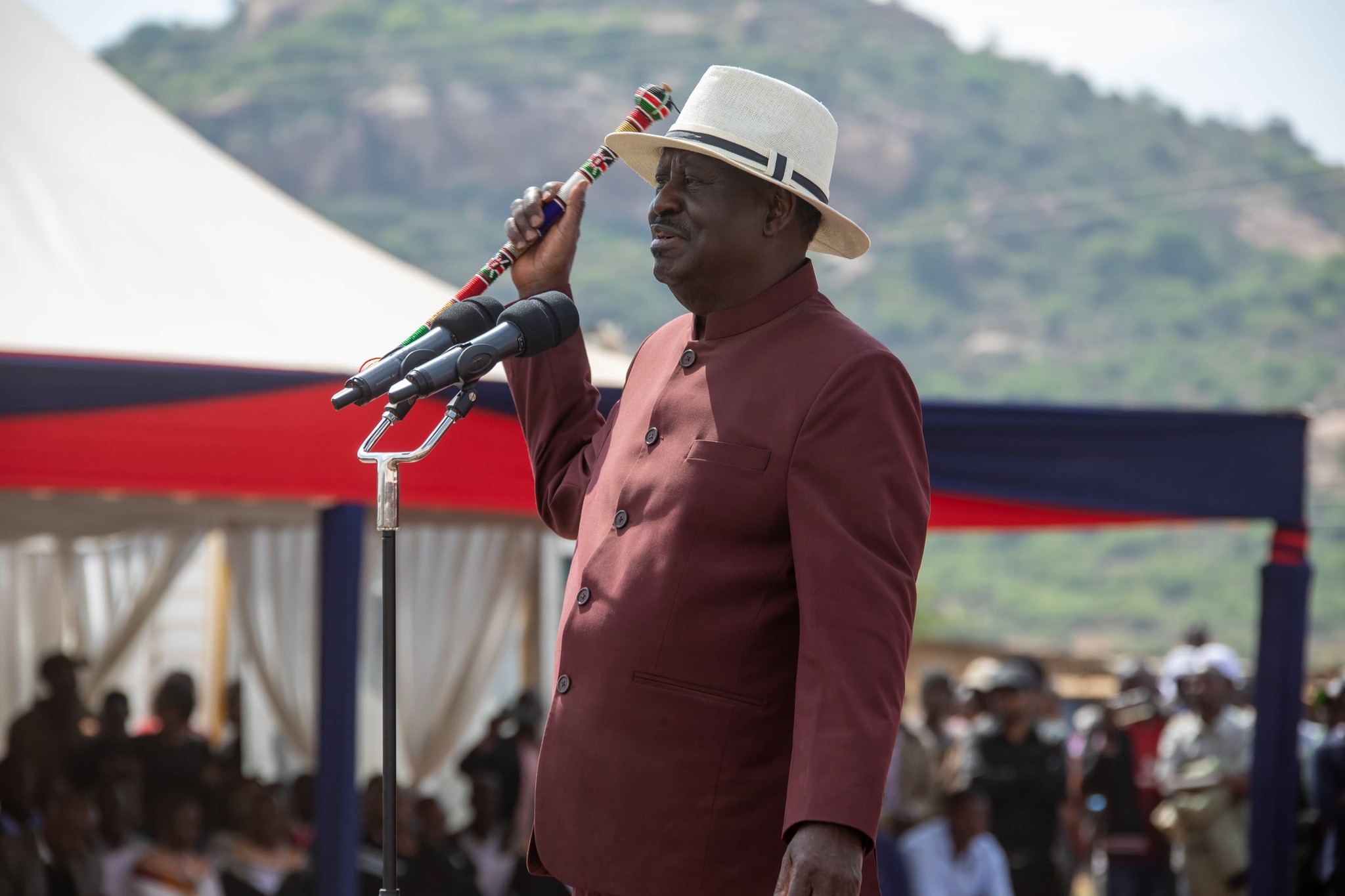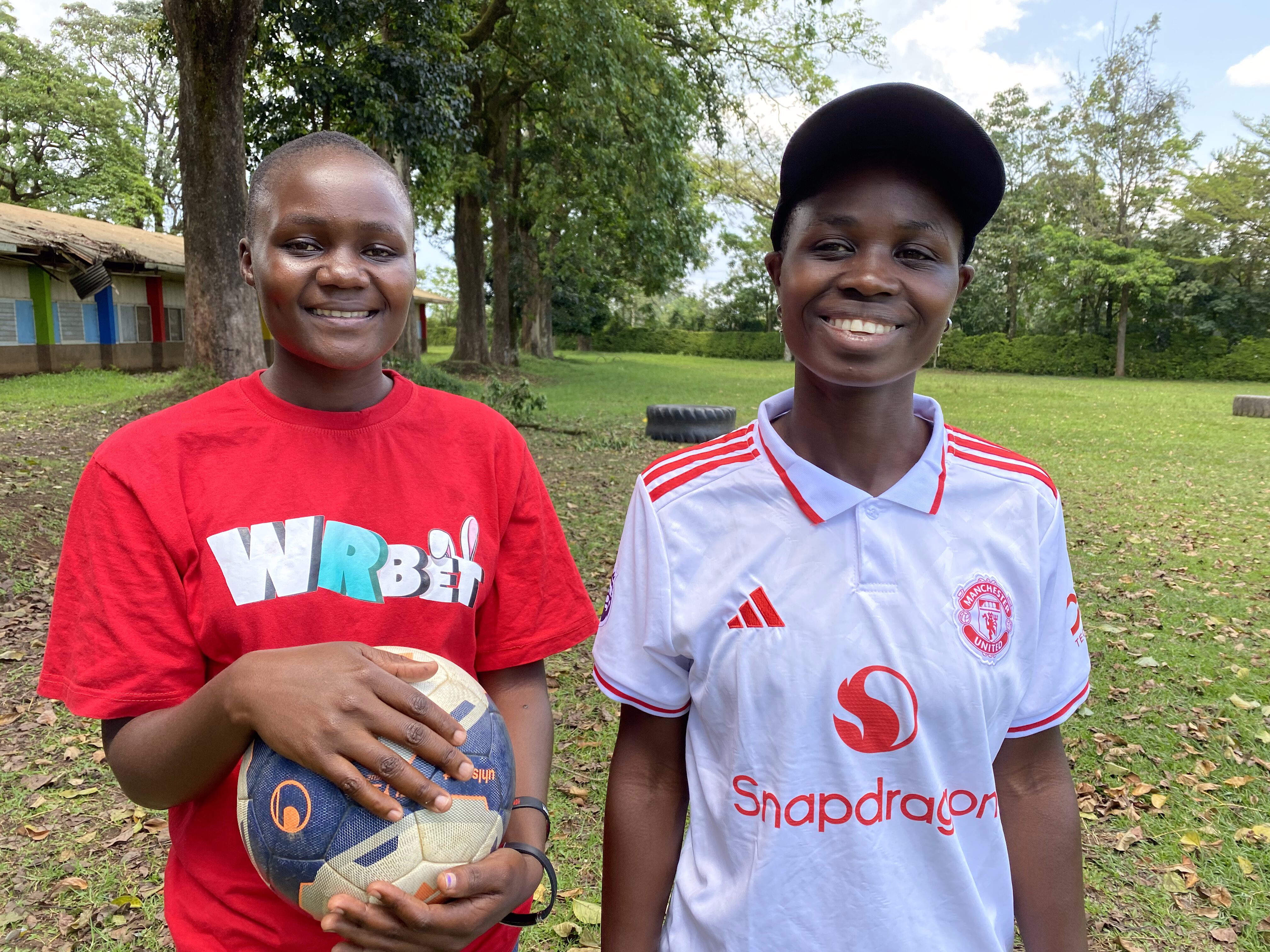
Fighting poaching by empowering local farming community

The conflict between small scale poor farmers in Luango valley in eastern Zambia and the wild animals and natural resources, that attract tourists from all over the world inspired Dale Lewis, wildlife biologist, to start an organization that would end this feud.
The wildlife biologists figured that it was time that attention was turned to the poor farmers who own less than a hectare of land rather than the elephants.
After meeting with 15 local farmers and local community leaders in 2003, it became clear that the farmers needed skills and fair market for their products as a solution to the millions of donor money wasted on programmes (done by various donors) in the area had gone to waste. The. It was then that community Markets for Conservation (COMACO) was born, after agreeing to stop poaching and illegal activities to make money.
15 years later the non-profit organization has built a manufacturing plant that process produce from over 167,346 members (farmers) that they have at the moment. Their 12 different products branded, Its wild, boast of being produced in farms that follow sustainable methods, are currently found across Zambia supermarkets and will soon start being produced to other South African nations.
“The farmers have pretty much lived up to their commitment… what I find fascinating about COMACO, it is that desire to learn and become better farmers has come from the market, because they can make more money and make more food.. Women are also some of the best farmers and they are very keen to learn and experiment, taste on new techniques and improve them,” Dale Lewis, founder COMACO.
COMACO expects to have over 200,000 farmers by 2019. The farmers use methods that do not require expensive chemicals and sustainable methods.
“By making small scale farmers smarter, with the way they farm… people that you might have thought are hopeless and not particularly smart because they were too desperate in the beginning, but when they have enough food and money, they can think about their future and have wonderful smart ideas to plan for that future,” said Lewis, adding “at that level of success they can become organized and can identify leaders that can speak for them to leverage more opportunities and plan conservation solutions so they protect their resources. And they become the best conservationists in Africa!”

The farmers border two major national parks, the north and south Luango Nationl Park, Luambe and Lukusuzi national parks. Rather than the government enforcing laws to protect the animals, the community has come up with conservation plans to protect their resources, at least 232 conservation plans have been absorbed by the local government.
“When we started Lukusuzi national park had no lions, no elephants, no rhinos, it was very depleted. It’s about 1500 SQ kilometers. For the last five years there have been only six wildlife guards without vehicles… yet today there are lions, buffalos, elephants, wildlife has amazingly recovered,” said Lewis.
“This is because the community is busy farming, making money from COMACO and growing enough food to feed themselves and they are being good stewards of their natural resources,” added Lewis.
COMACO can’t solve all the problems but can help the government scale up by replicating the project.






